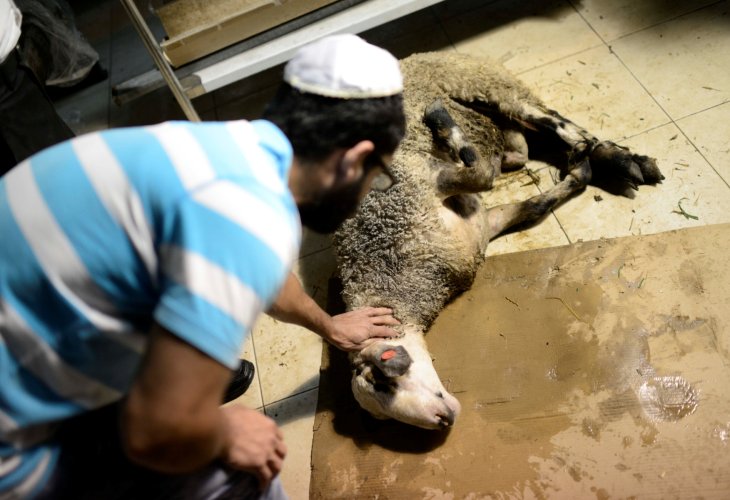Torah Personalities
Baal HaSulam: Life, Legacy, and Kabbalah Teachings of Rabbi Yehuda Leib Ashlag
A comprehensive look at the great Kabbalist, author of “The Sulam,” his writings, his journey to Israel, and his enduring spiritual impact
- Oved HaChemian
- |Updated

Rabbi Yehuda Leib HaLevi Ashlag — known as “Baal HaSulam”, was born in Poland on the 5th of Tishrei. He became one of the most influential Kabbalists of the modern era. He earned the title Baal HaSulam (“Master of the Ladder”) for his monumental commentary on the Zohar, titled “HaSulam” (“The Ladder”).
Early Genius and Torah Mastery
As a young boy, he studied in the Gur Yeshiva. Tradition recounts that he secretly studied Kabbalah even then, hiding pages of the Etz Chaim of the Arizal inside his Gemara. By age 14, he had already mastered the entire Talmud with its commentaries.
At the age of 17, Baal HaSulam received rabbinic ordination from the leading rabbis of Warsaw — an extraordinary recognition of his brilliance.
Marriage and Family Life
Baal HaSulam married Rivka Roiza Abramowitz when she was only 16. Together, they had 11 children, though tragically, three passed away at a young age.
Major Works and Kabbalistic Contributions
His foundational works include:
“Talmud Eser Sefirot” – a 16-volume systematic presentation of the Arizal’s teachings
“The Sulam Commentary” on the Zohar
He also authored numerous introductions and treatises central to Kabbalistic study, including:
The Gate of Intentions
Introduction to the Book of the Zohar
Opening to the Wisdom of Kabbalah
General Preface to the Tree of Life
Introduction to Talmud Eser Sefirot
In addition, he wrote profound social and spiritual essays such as:
“Matan Torah” (The Giving of the Torah)
“Arvut” (Mutual Responsibility)
“HaShalom” (Peace)
His final manuscript, “The Writings of the Last Generation,” analyzes different social structures and outlines a spiritual blueprint for an ideal future society.
Aliyah to the Land of Israel
After becoming widely known for his spiritual greatness in Poland, Baal HaSulam decided to move to the Land of Israel — even though his wife Rivka was in advanced pregnancy. Their child, Bat-Sheva, was born aboard the ship. On Chol HaMoed Sukkot, 16 Tishrei 5682 (1921), the family arrived at the port of Jaffa and settled in Jerusalem’s Old City.
Humble Work and Hidden Greatness
Arriving in Israel with no financial resources and desiring anonymity, he supported his family by:
tanning parchment for Torah scrolls and mezuzot
manufacturing soap using a machine he had brought from Poland
Despite his humility, the Jerusalem community quickly recognized his spiritual stature and appointed him to positions of leadership.
Years in London
In 1926, he traveled to London for two years, where he wrote his works “Panim Meirot” and “Panim Masbirot”—commentaries on the Arizal’s Etz Chaim. During this period, he hardly left his house. He also composed most of his melodies at this time, playing them on a piano.
A Life of Intense Devotion
Baal HaSulam was known for waking at 1:00 a.m. to learn until dawn. If he felt tired, he would place his feet in ice water or put sharp stones inside his shoes to stay awake. His son, Rabbi Baruch Shalom, often stayed awake until that hour to help awaken him.
Visiting the Holy Sites of the Mystics
It is said that Baal HaSulam would travel with his students to Tiberias, Safed, Meron, and Peki’in, riding on horseback, to visit the cave where Rabbi Shimon bar Yochai — the author of the Zohar, hid.
Passing and Legacy
Baal HaSulam passed away on Yom Kippur, the 10th of Tishrei, 5715 (1954), at the age of only 69. He is buried on Har HaMenuchot in Jerusalem and his teachings continue to influence countless students of Kabbalah around the world.

